Rent
ProLift offers daily, weekly, and monthly rentals. Find the right equipment for maximum productivity and safety.
Let us know how we can assist you! A ProLift specialist will connect with you to help with your material handling needs.
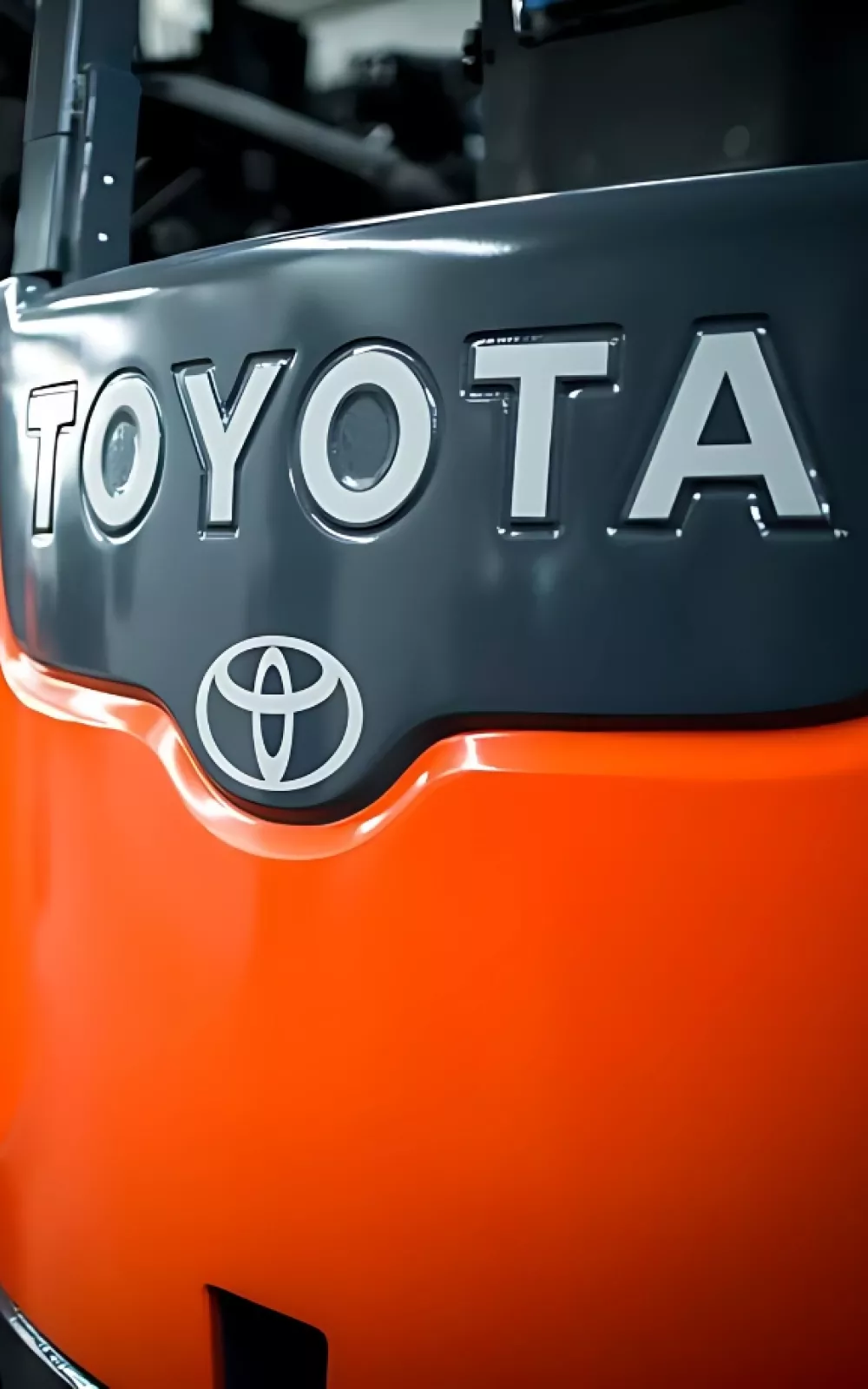
Discover the evolution of forklifts from their early 20th-century origins to the advanced machines of today. Learn how hydraulic systems have revolutionized material handling, enabling efficient lifting and maneuvering. Additionally, explore the key components and mechanisms that power these warehouse essentials for productivity.
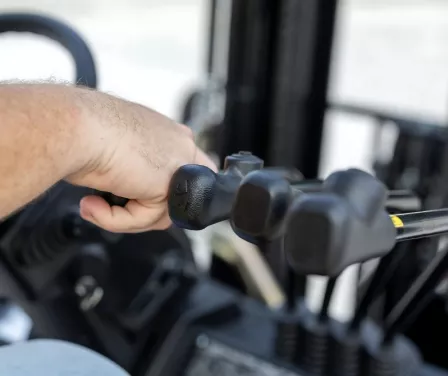
The first seated counterbalance forklift was built in 1918, featuring a gasoline-powered engine that required manual cranking to start. This early machine, designed for material handling, was the first to combine an engine, frame, transmission, brakes, wheels, and a steering system into a single vehicle. It was created to transport materials between different work areas, reducing the need for manual labor and improving overall efficiency.
Later in the 1920s, forklift manufacturers began to develop and utilize hydraulic systems. This system consisted of hydraulic cylinders, pump and control valve, replacing the older gear-driven chain and pulley assembly used for lifting. Forklifts enjoyed the advantage of higher capacities and smoother operation by utilizing hydraulics.
In the mid- to late-1930s, increased manufacturing levels spurred more innovations in the design and capabilities of electric forklifts, such as adding electrical systems. Eventually, large electric forklifts were introduced, giving customers a higher-capacity alternative with the same features of smaller models, only enhanced with greater lifting capabilities.
Thus the forklift evolved. From the earliest incorporation of a motor, transmission, drive components and wheels mounted on the frame, the equipment was continually improved. From its beginnings, forklift development and design has been in response to safe and productive material handling applications.
In order to categorize and differentiate between the various models of material handling equipment, the Industrial Truck Association (ITA) classifies industrial vehicles into 7 categories.
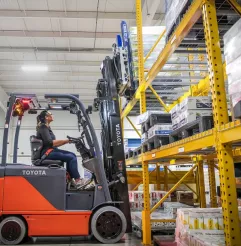
Start your search for available equipment and product lines with ProLift’s equipment finder. It helps you quickly identify the best solutions that match your criteria.
Forklift hydraulic systems are essential for the efficient lifting, tilting, and steering operations of the machine. These systems operate on the principle that liquids are incompressible, allowing hydraulic fluid to transmit force through a network of components.
The core components of a forklift's hydraulic system include a reservoir (or sump) for hydraulic fluid, a pump, a series of tubes, and hydraulic cylinders. The pump moves the fluid from the reservoir into the tubing system, creating pressure measured in gallons per minute (GPM). Due to the incompressible nature of the fluid, this pressure is utilized to perform work. When pressurized fluid enters a sealed cylinder containing a rod, the fluid seeks the path of least resistance, pushing the rod outward to perform tasks such as lifting or tilting.
Forklifts employ various hydraulic cylinders, each designed for specific functions:
Hydraulic cylinders in forklifts are designed in two primary configurations:
Understanding these components and their functions is crucial for the proper operation and maintenance of forklifts, ensuring safety and efficiency in material handling tasks. Contact ProLift for support with forklift maintenance, service and repair.
In the event you are unhappy with the equipment you purchased from ProLift after one year’s use, we will simply buy it back for the original purchase price less two thirds of our normal rental rate.
From equipment and maintenance to replacement parts and safety training, ProLift offers you 360 support. We can also assist you with pallet racking and additional warehouse solutions. Let us know how we can help!
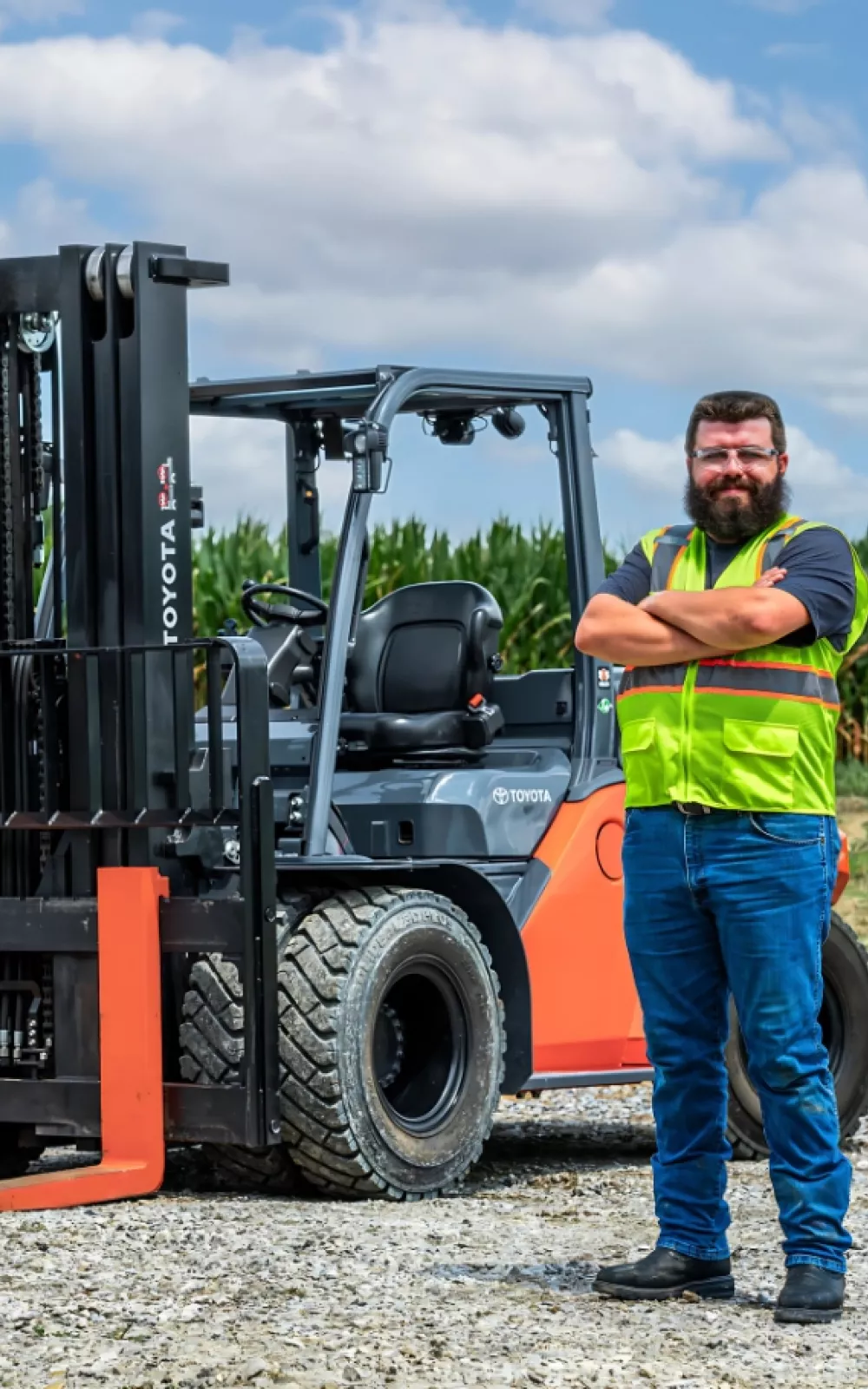
ProLift is a full-service dealer specializing in forklifts and material handling solutions. Tell us how we can help you achieve results at your facility.
ProLift is a full-service dealer specializing in forklifts and material handling solutions. Let us know how we can assist you, and a specialist will be in touch to help.
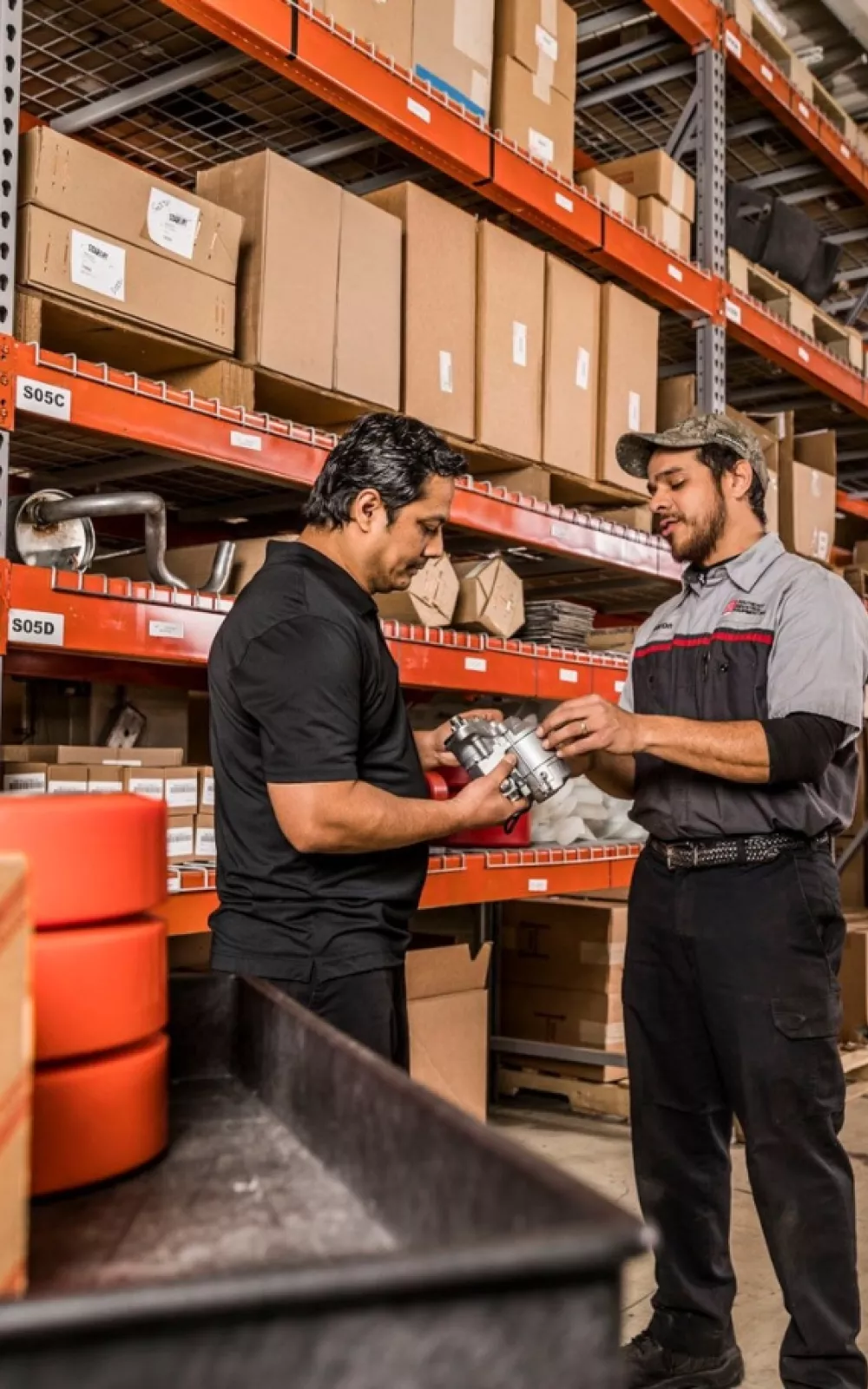
Let us know how we can assist you! A ProLift specialist will connect with you to help with your material handling needs.
